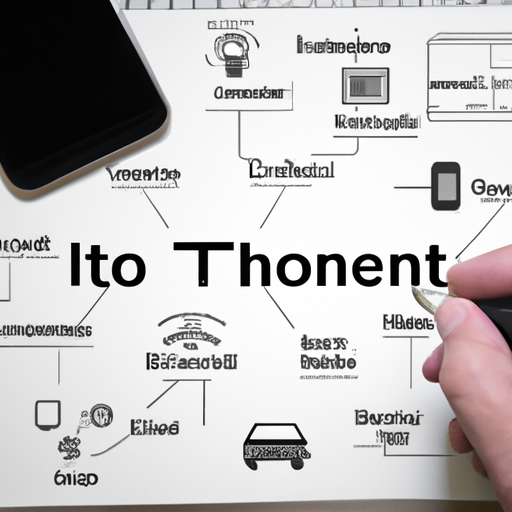In today’s fast-paced digital landscape, businesses face the challenge of processing vast amounts of data in real-time. This is where Edge Computing comes into play, revolutionizing the way organizations handle data and interact with their systems. In this post, we’ll explore the concept of edge computing, its key advantages, and some compelling use cases that demonstrate its potential.
What is Edge Computing?
Edge computing is a distributed computing paradigm that brings computation and data storage closer to the location where it is needed. By processing data near the source, edge computing reduces latency and bandwidth use, enabling faster decision-making and improved performance for real-time applications.
Why is Edge Computing Important?
With the rise of the Internet of Things (IoT) and an increasing number of connected devices, handling data at the edge has become imperative. Edge computing enhances data processing capabilities, thereby addressing the limitations of traditional cloud computing, especially for applications that require immediate insights.
Key Benefits of Edge Computing:
- Reduced Latency: Edge computing minimizes the distance data has to travel, resulting in faster data processing and response times.
- Bandwidth Efficiency: By processing data locally, organizations can significantly reduce bandwidth costs and prevent network congestion.
- Improved Reliability: Edge computing systems can continue to function even with intermittent connectivity to centralized cloud servers.
- Enhanced Security: Sensitive data can be processed at the edge, reducing the risk associated with transmitting data over networks.
Real-World Use Cases of Edge Computing
Edge computing is transforming industries by enabling innovative applications. Here are some notable examples:
1. Smart Manufacturing
Manufacturers are using edge computing to monitor machinery and equipment in real-time, allowing for predictive maintenance and reducing downtime.
2. Autonomous Vehicles
Self-driving cars rely heavily on edge computing to process vast amounts of sensor data instantly, ensuring safe and efficient navigation.
3. Healthcare
In healthcare, edge computing allows for real-time patient monitoring, improving response times for critical care and enhancing overall patient outcomes.
4. Smart Cities
Edge computing powers smart city applications by managing traffic flows, public safety, and utilities, leading to more efficient urban living.
Conclusion
As businesses continue to generate and rely on massive quantities of data, edge computing presents a compelling solution to improve performance and efficiency. Embracing this technology can help organizations unlock the true potential of their data and maintain a competitive edge in the market.
Ready to explore how edge computing can transform your business? Contact us today!













